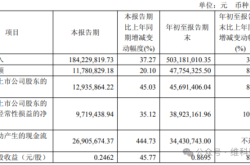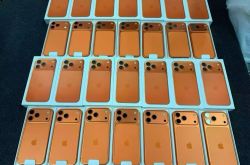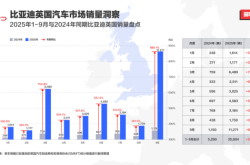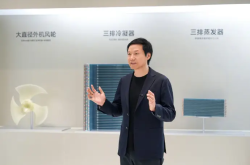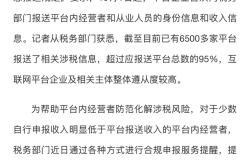Momenta's Short-term Victory and Long-term Battle
![]() 03/25 2025
03/25 2025
![]() 641
641
Written by | Xu Zhi
Edited by | Wu Xianzhi
In China's technology sector, it is customary for industry leaders to publicly predict that, when a particular track enters a period of reshuffling, "In the next N years, there will be no more than N players surviving." This serves as both a motivational call for enterprises to prepare for potential dangers and a display of confidence, implying that among the few survivors, their own company will undoubtedly secure a place. For instance, in 2015, Yu Chengdong predicted that only 2-3 mobile phone manufacturers would remain viable in the next 3-5 years. Similarly, in the automotive sector, He Xiaopeng stated during this year's Two Sessions that the number of surviving Chinese new energy vehicle companies would be within seven.
Recently, Cao Xudong, the founder of intelligent driving company Momenta, stated in an interview that the intelligent driving industry has entered a "battle royale" phase, with the winner to be determined by 2026. He predicted that only three intelligent driving companies will remain in China.
From a technical strength and market share perspective, Momenta is currently in a strong position. Currently, only four third-party intelligent driving suppliers in China—Huawei, Momenta, Baidu Apollo, and Yuanrong Qixing—have achieved end-to-end large-scale model mass production. Among them, only Huawei and Momenta have achieved "one-stage end-to-end" mass production—a cutting-edge technology seen as "closer to human driving thinking" that reduces data processing latency and handles complex scenarios better, making it a key area of focus for various automakers.

With major automakers achieving significant advancements in intelligent driving this year, the third-party intelligent driving companies supporting them have gradually come into the spotlight. Among them, Momenta has been the most "visible," collaborating with BYD to develop the Tianshen Eye A/B and assisting GAC Toyota's Bozhi 3X in becoming the first joint venture model to achieve "full-scenario mapless intelligent driving navigation."
In fact, Momenta, which has been quietly working on significant projects, was already the "invisible king" in the field of intelligent driving. According to data from Zooth Research, from January to October 2024, Momenta's share in the urban NOA third-party intelligent driving market exceeded 60%, ranking first with a "cliff-like" advantage. In comparison, Huawei's HI mode accounted for nearly 30%, with other companies accounting for about 10% combined.
This may be attributed to Momenta's differentiation from other competitors in its technological route layout. By adhering to the "two-legged parallel" approach of L2 and L4, Momenta has accumulated earlier and more experience in the mass production of intelligent driving for civilian vehicles, which has become a key factor in its ability to continuously secure cooperation orders from joint venture automakers.
With the strong momentum of BYD, along with the continuous launch of more mass-produced models such as GAC Toyota's Bozhi 3X and Dongfeng Nissan's N7, Momenta's market share is poised for a new surge this year.
There are many "alternative" aspects to this company. For example, compared to companies like WeRide, Pony.ai, Horizon Robotics, and Black Sesame, as a leading player, Momenta has yet to complete an IPO, despite its most recent funding round dating back to the C+ round in 2021. In the rush of intelligent driving companies to go public, Momenta, which is not in a hurry to catch the "last train," may not be lacking in funds. Cao Xudong previously stated in an interview that most of the annual R&D investment of tens of billions comes from revenue.
However, it is undeniable that the cooperation between third-party intelligent driving companies and automakers is a perilous game, with both parties being interdependent and mutually constrained. Whether it's the repeated tug-of-war over discourse power and interests or facing the impact of automakers' self-developed intelligent driving and competitors, Momenta's situation is akin to "dancing on a tightrope."
On the whole, Momenta is reaping a "short-term victory" for pragmatists, but its "long-term battle" remains shrouded in heavy fog. The fundamental reason is that Momenta has not yet established a sufficiently wide "moat." Compared to Horizon Robotics, Momenta still has a significant gap in "software and hardware integration" layout and achievements. Compared to Huawei, Momenta lacks sufficiently stable and large ecological support.
Momenta, the Maverick
Unlike other intelligent driving companies that firmly set L4 as their goal from the outset, Momenta embarked on the "one flywheel + two legs" strategy very early. The flywheel is data-driven, one leg is mass-produced autonomous driving, similar to Tesla's Autopilot or FSD; the other leg is L4-level fully autonomous driving.
Therefore, from Momenta's perspective, the "transition from L4 to L2" is a common misconception from outsiders. To achieve large-scale L4 autonomous driving, it is first necessary to mass-produce L2-level services to accumulate data and experience. This concept was established in 2018, and it was also in this year that Momenta "transformed from a loosely organized research institute into a customer-value-centered team capable of fighting and winning tough battles."
The advantage of Momenta taking the first step in mass-produced autonomous driving lies firstly in the fact that, compared to other third-party intelligent driving companies, it has achieved early "subsidizing the family with technology," that is, relying on the revenue from technical cooperation with automakers to cover most of the R&D investment. In the past few years when financing was challenging, this was the most pragmatic means for an intelligent driving company to navigate through the cycle.
Although the R&D ratio is extremely high, due to the fact that it hardly involved hardware business in the early stages, Momenta's gross profit was considerable. "This is similar to Microsoft selling Office. The R&D investment is huge, but once it is developed, the marginal cost is almost zero."
As a comparison, from 2021 to 2023, Horizon Robotics accumulated losses of over 17.5 billion yuan, and Black Sesame Technology accumulated losses of nearly 10 billion yuan. Meanwhile, Zongmu Technology, TuSimple Holdings, and Hedor Technology are on the brink of bankruptcy or business contraction.
Another benefit is that Momenta has accumulated earlier and more mass production experience, as well as data, which is extremely important in the company's eyes. From the fact that the importance of the "one flywheel" leads the "two legs," it can be seen that Momenta, which pays more attention to a data-driven approach, is more like a data company than an intelligent driving company compared to its competitors.
Driving automation to solve problems through data is the only way for Momenta to achieve large-scale L4. According to internal calculations by Momenta, mass-producing L4 requires 100 billion kilometers of data, equivalent to the data accumulated by 10 million passenger cars running for one year. It is difficult to achieve this solely with its own fleet. Therefore, Momenta's ambition is to mass-produce autonomous driving vehicles and sell 10 million of them. The long-tail issues of fully autonomous driving thereafter also need to rely on empowering mass-produced vehicles with L4 technology to further obtain massive data for advancement.
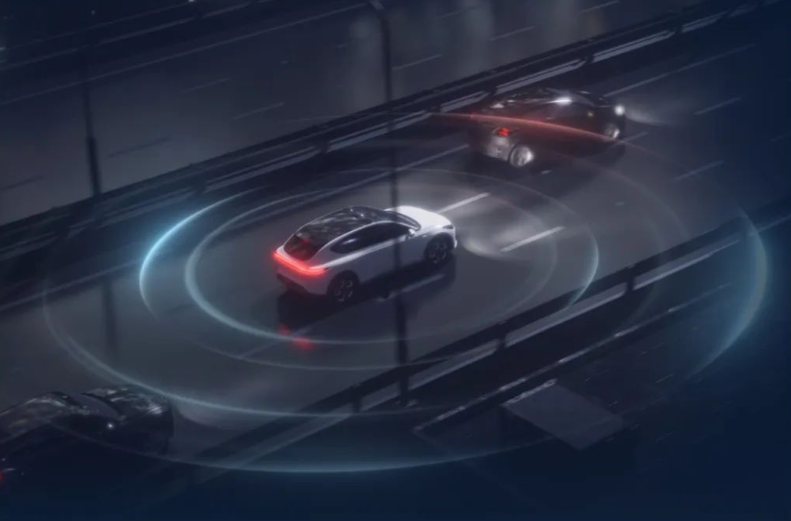
At the same time, because China's road data is much richer and more complex than that of Europe and Japan, "Momenta's 'golden data' may be more valuable than Tesla's."
A more pragmatic and earlier layout is Momenta's "first-mover" advantage that has recently led to its explosion. Between 2022 and 2024, the number of models equipped with Momenta's high-level intelligent driving mass production was 1, 8, and over 20, respectively.
Judging from Momenta's past experience, it takes at least three years to "knock on the door" when cooperating with Chinese automakers and more than five years for international automakers. The actual mass production time may take up to ten years. Previously, Momenta contacted a multinational automaker starting from 2017, and it took eight years from passing the supply chain access to actual mass production.
"Blossoming" Both Inside and Outside the Wall
Last year, Cao Xudong was awarded the title of "Iron Butt King" on Umetrip—he flew 123 times in a year, with a total mileage of nearly 170,000 kilometers.
Correspondingly, Momenta has fully accelerated. After spending three years completing the 0-to-1 stage, it only took two years for Momenta to enter the 1-to-10 stage. Entering 2025, Momenta became the first autonomous driving company in the industry to enter the mass production 10-to-100 stage. Currently, Momenta has obtained more than 70 mass production orders and is developing dozens of mass-produced vehicles simultaneously.
In the past few years, Momenta may have been a company that "blossomed inside the wall but smelled fragrant outside." Its circle of friends mainly included joint venture and foreign automakers such as SAIC Motor, General Motors, Toyota, and Mercedes-Benz. With the addition of Chinese brands such as BYD and Chery, Momenta has also begun to "export and then turn to domestic sales."
It is worth noting that the reason why Momenta has frequently become the "lifesaver" of joint venture and foreign automakers in the past is due to both technical strength and a certain amount of luck.
Both joint venture and foreign automakers, which face the challenge of "elephant turning" in both the new energy transition and the field of intelligent driving, want to quickly "catch up on their studies." What they lack most is time, and introducing third-party intelligent driving suppliers is naturally the best choice.
There are not many options for top-tier suppliers, and Momenta, on the one hand, has more mass production experience and can help automakers quickly implement products; on the other hand, Huawei and DJI happen to have certain sensitivities in international relations, which is not conducive to the subsequent application of their technology in the international market.
Therefore, we find that this huge share is mostly divided between Momenta and Horizon Robotics. For example, the combination of Toyota + Huawei (hardware) + Momenta (software) is more limited to the domestic market, while Momenta is also the software algorithm supplier for Toyota's domestic and global models.
On the other hand, Momenta's Mpilot, an intelligent driving solution for passenger car pre-installation, is also a relatively open solution with highly customizable features that can be adapted to more than ten mainstream intelligent driving chips and different sensor solutions. At the same time, the localized development provided by Momenta is also highly competitive. It has established localized teams in Germany, the United States, and Japan.
At least in the short term, Momenta's overseas advantages will continue to be maintained. In China, with gradually increasing economies of scale, Momenta has also achieved more optimization space in costs, especially in the 200,000 yuan segment, where it has formed a certain advantage. This can be seen from the cooperation with BYD. BYD, which has always been extremely cost-conscious, chose to adopt Momenta's solution, which must have been considered from a cost perspective.
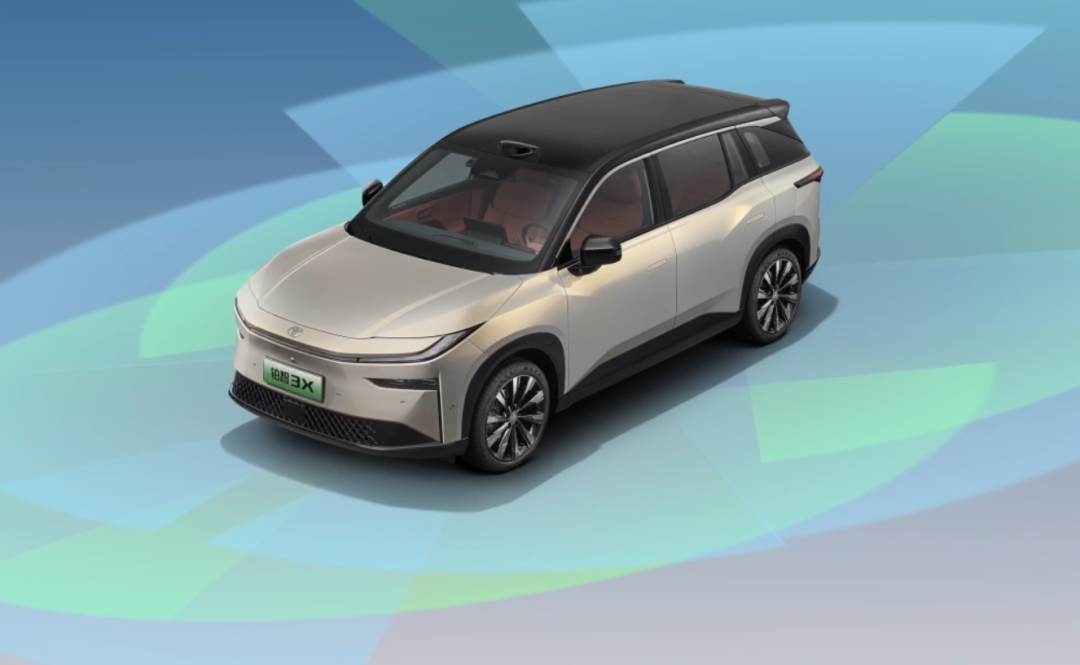
Another example is the recently launched GAC Toyota Bozhi 3X, Toyota's first answer sheet after "frantically catching up on lessons," which brings high-level intelligent driving with a single NVIDIA Orin X and a single lidar to around 140,000 yuan. Behind this is also Momenta's contribution to intelligent driving cost control, including the upcoming OTA upgrade to the "parking spot to parking spot" experience, which is currently the most cutting-edge intelligent driving experience.
On the night of the Bozhi 3X launch, it once again "rolled out" high-level intelligent driving in the industry, with orders exceeding 10,000 units within one hour of its launch. This also sparked many jokes in the circle, "If Toyota had awakened two years earlier, there would be no place for domestic new energy vehicles now."
Intelligent Driving "Three Kingdoms Kill": Momenta Still Needs to "Patch Up"
Entering the reshuffle stage, the domestic intelligent driving field is forming a "three kingdoms" pattern: one is the self-developed intelligent driving automakers represented by "NIO, Xpeng, Li Auto," and Xiaomi; the second is the ecological integration company represented by Huawei; the third are other third-party intelligent driving companies such as Momenta.
This competitive landscape also brings more challenges to Momenta. Despite its prominent market share advantage in urban NOA, Momenta also has many disadvantages.
Firstly, "software and hardware integration" is gradually becoming a point of differentiation in the future competition of intelligent driving companies, especially as Horizon Robotics has fully verified the feasibility of the "chip + algorithm" model, which improves algorithm efficiency through customized chips and then binds customers with algorithm advantages to form an ecological closed loop.
Although Momenta has made some layout in this regard, it has not been very smooth. At the end of 2023, Momenta established a chip subsidiary, "Xinxin Hangtu," aiming to develop a mid-range chip with a computing power of 80 TOPS for mainstream models priced at 200,000-300,000 yuan. It hopes to avoid the high cost pressure of NVIDIA Orin while also meeting the cost-effectiveness needs of automakers.
However, compared to Horizon Robotics, which has started mass production of multiple chips in the Journey 2-6 series, and even "NIO, Xpeng, Li Auto," which have produced their own chips and are about to start mass production, Momenta's chips have made no progress, and Xinxin Hangtu has only completed its angel round of funding so far.
This outcome is not surprising. The chip industry demands extensive and sustained investment. Given its lack of prior experience, substantial funding, and robust team support, Momenta would encounter immense challenges in achieving rapid breakthroughs. An industry expert remarked, "Momenta's chip manufacturing endeavor appears more as a pre-IPO narrative. Actual implementation will likely take at least five years, by which time the market landscape will have solidified."
Furthermore, Momenta's mass-produced models equipped with urban NOA technology lag significantly behind competitors in sales. According to Zooth Research data, from January to October 2024, Momenta's cumulative urban NOA installation was 114,000 units, whereas AITO's single M9 product alone surpassed 150,000 units in sales for the entire year of 2024.
This substantial sales disparity will inevitably hinder Momenta's data-driven "macro vision" and decelerate its technological advancement and iteration process.
Moreover, Momenta's primary focus on intelligent driving solutions renders its business model relatively monolithic, lacking the holistic competitiveness derived from multi-business synergies. In the face of market volatility, especially shifts in core clientele, its risk resilience remains unclear. For instance, Mercedes-Benz's in-house R&D team now comprises over a thousand individuals, leaving Momenta, with its "outsourcing"-like positioning, vulnerable to the risk of being sidelined at any moment.
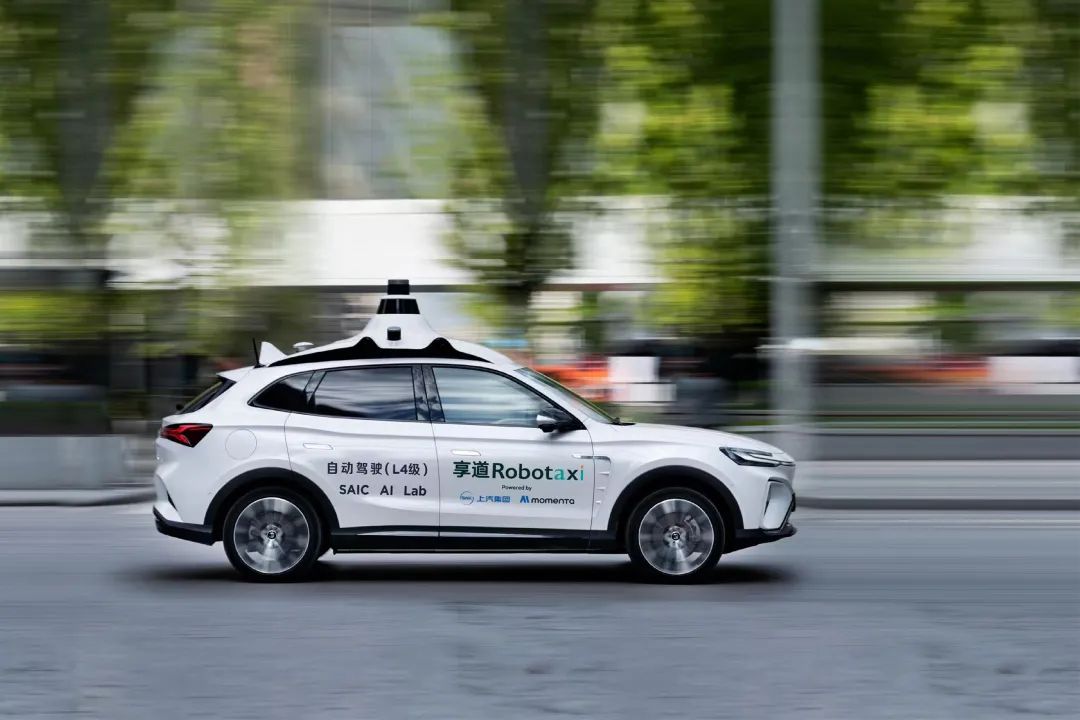
Cao Xudong recently underscored in an interview that autonomous driving R&D investments are substantial and poised to grow even larger. Achieving mass-produced L4 technology will require annual R&D investments of at least ten billion, or even hundreds of billions, with cloud computing power as the primary expense. Should Momenta also prepare for subsequent Robotaxi mass production, it will inevitably need to establish its own fleet, another significant "cash-burning" endeavor.
While finances may not currently pose an issue, Momenta continues to push forward with its IPO process. After all, amidst numerous challenges, the company must prepare to "sow seeds" for the next phase, anticipating a period of harvest ahead.

